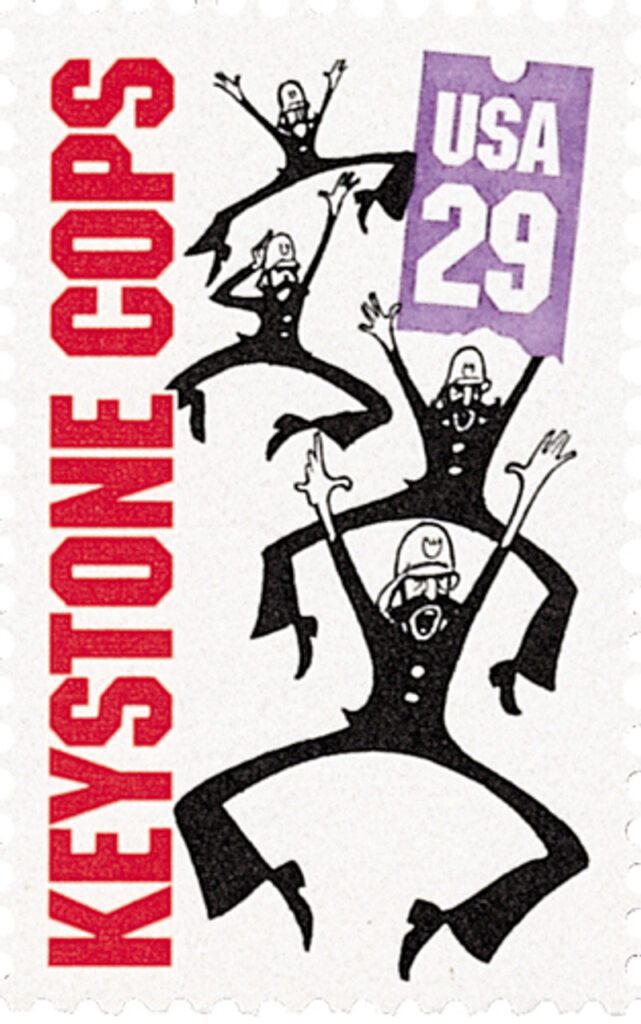The first movie to star Charlie Chaplin premiered on February 2, 1914.
Born into a British family of actors, Chaplin joined an acting troupe known as The Eight Lancashire Lads when he was eight years old. At seventeen, Chaplin toured Britain with the Fred Karno Company, and in 1910 made his first trip to America with the troupe. Three years later his act was seen by Mack Sennett, a producer in the new field of “flickers,” who offered Chaplin a part. At first, Chaplin was hesitant to leave the stage for films, but his mind was made up when he heard he could make $150 a week (about $15,000 in today’s wages).
On February 2, 1914, Chaplin made his film debut in a short movie called Making a Living. Chaplin played a charming swindler who eventually gets chased off by the Keystone Cops. He was unhappy with the final film, and for good reason. The film’s director, Henry Lehrman, who also appeared in the film, didn’t like Chaplin’s attitude. So he cut out his best performances and intentionally mishandled the scenes they had together.

Making a Living was the first of three movies Chaplin shot in a single week. The third movie he’d shot that week, which premiered five days after Making a Living, was Kid Auto Races at Venice. Chaplin had donned a mustache and top hat and carried a cane in Making a Living. By the time he shot Kid Auto Races at Venice, he tweaked his costume to stand out more – a pair of oversized pants, a tight coat, a derby hat, and cane. When the movie premiered, his “Little Tramp” character became an instant hit with moviegoers.
Chaplin soon began directing his own films and he made 35 short movies with Sennett the first year! Chaplin was so successful in those early years, he was offered a contract for $670,000 a year in 1916 (equal to over $68 million today), making the actor one of the highest paid people in the world of any profession.
In 1919, Chaplin joined with actors Douglas Fairbanks, Mary Pickford, and D.W. Griffith to create United Artists, a distribution company. He could now have total control over the pictures he made. The first film he produced with the new company was A Woman of Paris. Though it was praised by the critics, audiences were disappointed Chaplin didn’t appear in the film. The Tramp returned in the next movie titled The Gold Rush. It was one of the highest-grossing silent films, making $5 million in profits.

When sound was added to films, Chaplin was hesitant to switch. He did incorporate music into his movies, though, composing many of the pieces himself. Eventually, the actor and director made several “talkies” in the 1940s and ‘50s. By then, his popularity had faded and his political views were controversial.
In 1972 he received an honorary Academy Award for “the incalculable effect he has had in making motion pictures the art form of this century.” In 1975, he was knighted by Queen Elizabeth. Six of Chaplin’s films are now preserved in the National Film Registry at the Library of Congress.
Discover what else happened on This Day in History.


Very Underrated Performer Producer Director and Cinema Genius. The Movie with M. Downey Jr is a brilliant chronologic example of his journey through life and especially Hollywood during the war.
I enjoy reading the comments of the readers as much as the articles themselves. Odd that there was only one reply to someone as well known, loved, and accomplished as Charlie Chaplin. Now that I think about it, I can’t think of anything he ever said either.